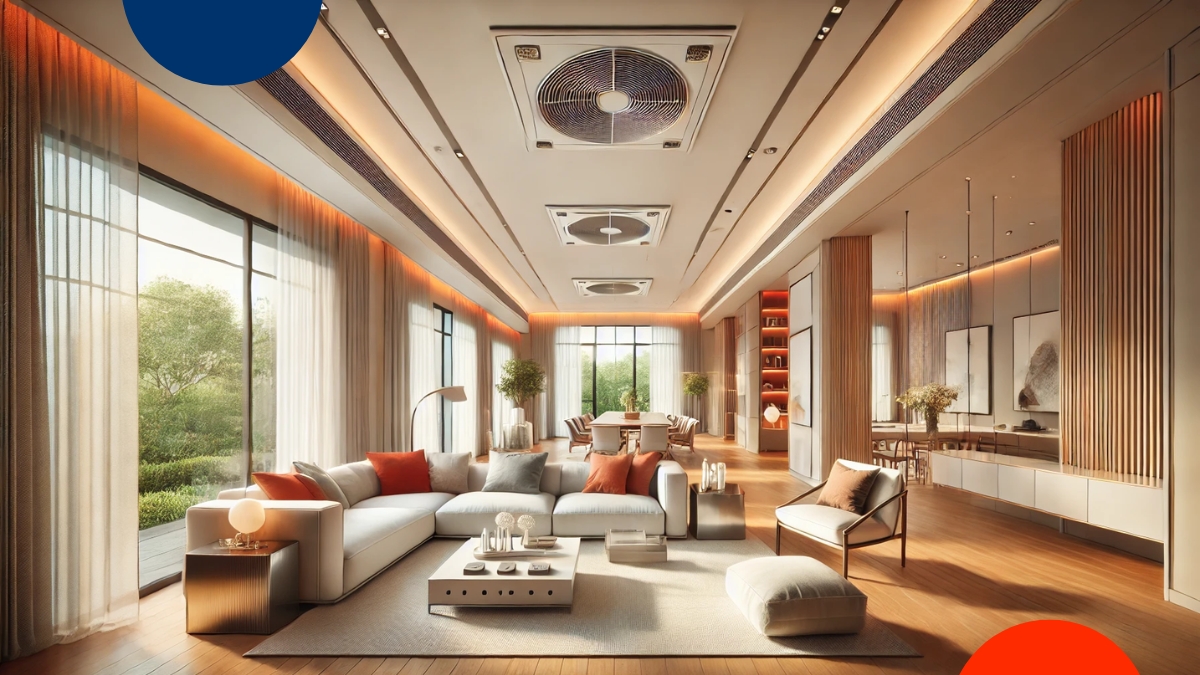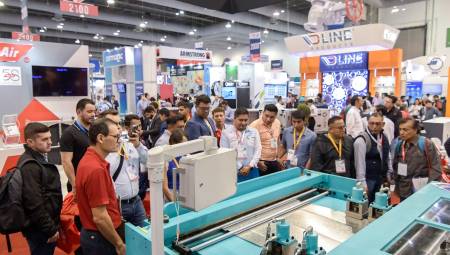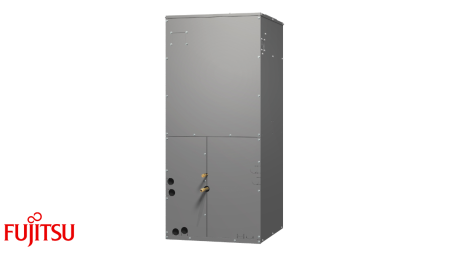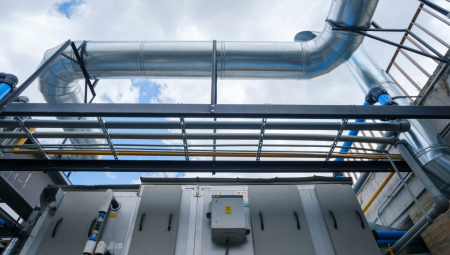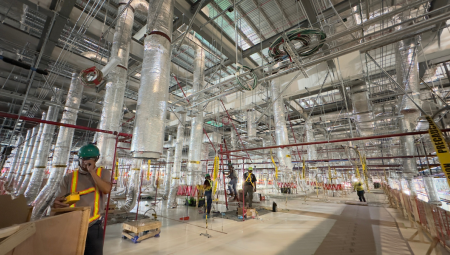Mexico. In a context of extreme heat and rising sleep disorders, thermal comfort and indoor air quality are positioned as key factors in the design of well-being-oriented homes.
The comfort of a home is no longer measured only in square meters or luxury finishes. In a world where stress and sleep disorders are on the rise, the value of a residential project also lies in its ability to promote the rest and well-being of its inhabitants. This trend is driving the real estate industry to rethink its priorities and integrate solutions that guarantee optimal environmental conditions within the home.
In Mexico, 38% of the population suffers from a sleep disorder and 45% of adults have difficulty sleeping. These figures reflect a growing concern about environmental factors that affect rest. The nighttime heat, intensified in 2025 by the heat wave in various regions of the country, has exacerbated this problem by making it even more difficult to sleep well.
Sleeping in a hot environment is not only uncomfortable, but it interferes with the physiological processes necessary for a good night's sleep. For this reason, air conditioning specialists stress the importance of integrating technologies that regulate temperature and humidity in living spaces.
- Publicidad -"Thermal comfort is no longer a luxury, it is a differentiator that responds to a growing demand for homes designed for well-being," says Ramiro Ucchino, climate solutions expert at Trane Mexico. "Controlling temperature, ventilation, and air quality not only optimizes rest, but also improves energy efficiency and sustainability of projects."
According to international recommendations, such as those of the U.S. Environmental Protection Agency, the ideal temperature for sleeping should be kept between 15.6 and 20 °C, with an optimal point of 18.3 °C, and the relative humidity indoors should range between 30% and 50%, avoiding exceeding 60%. These ranges allow for healthier and more comfortable environments, especially important in the face of heat waves such as those brought by the current heat wave.
In addition to improving physical well-being, smart HVAC solutions bring added value to residential projects. "The incorporation of air conditioning solutions, such as smart comfort systems, greatly improves the user experience, but also provides strategic value for real estate developers, becoming a competitive differentiator and a factor of added value for their projects," adds Ucchino.
These systems allow temperature and humidity to be controlled from anywhere using mobile devices, and adapt to user habits to optimise energy consumption without sacrificing comfort. Likewise, air quality is gaining ground as one of the most valued aspects. "Incorporating adequate ventilation systems prevents the accumulation of CO₂ and other pollutants, reducing the risk of allergies and improving the oxygenation of spaces. Added to this are smart thermostats, which optimise energy consumption by adapting the air conditioning to the user's habits, offering efficiency without compromising comfort," says the expert.
Technology, intelligently applied to interior design, not only transforms the way people experience the home, but also redefines the standard of what it means to inhabit a comfortable space. Thus, smart air conditioning is no longer a trend but an essential component of the residential design of the future.


